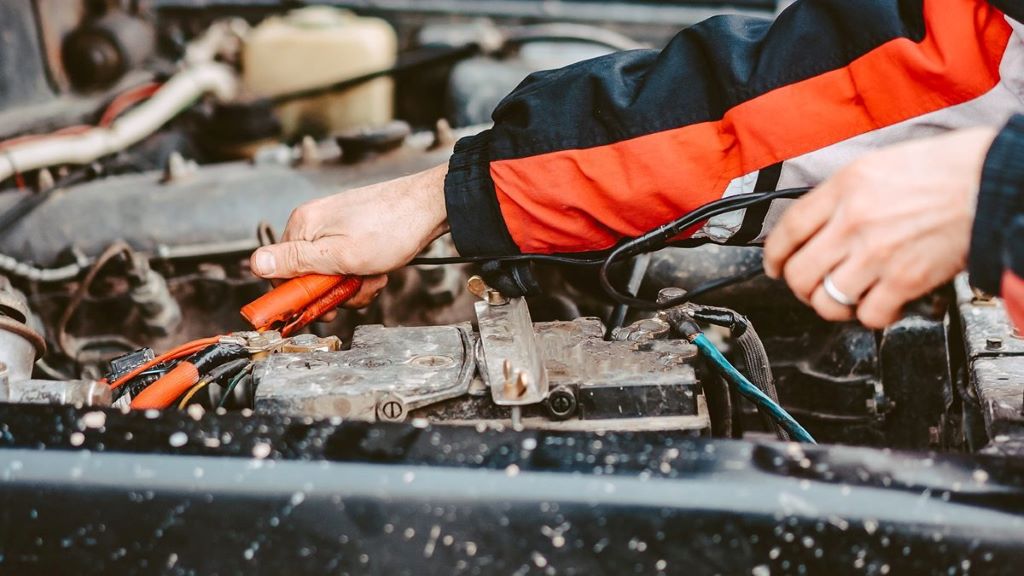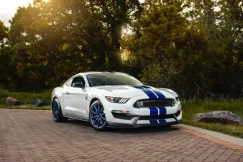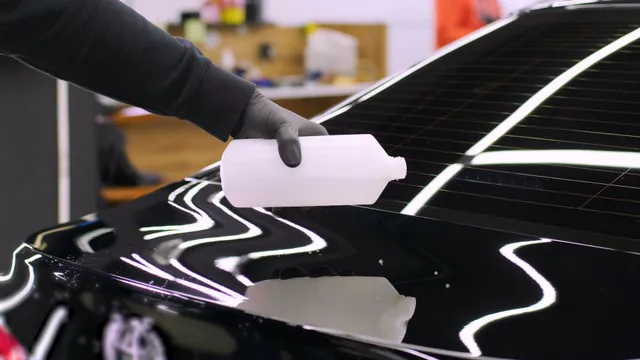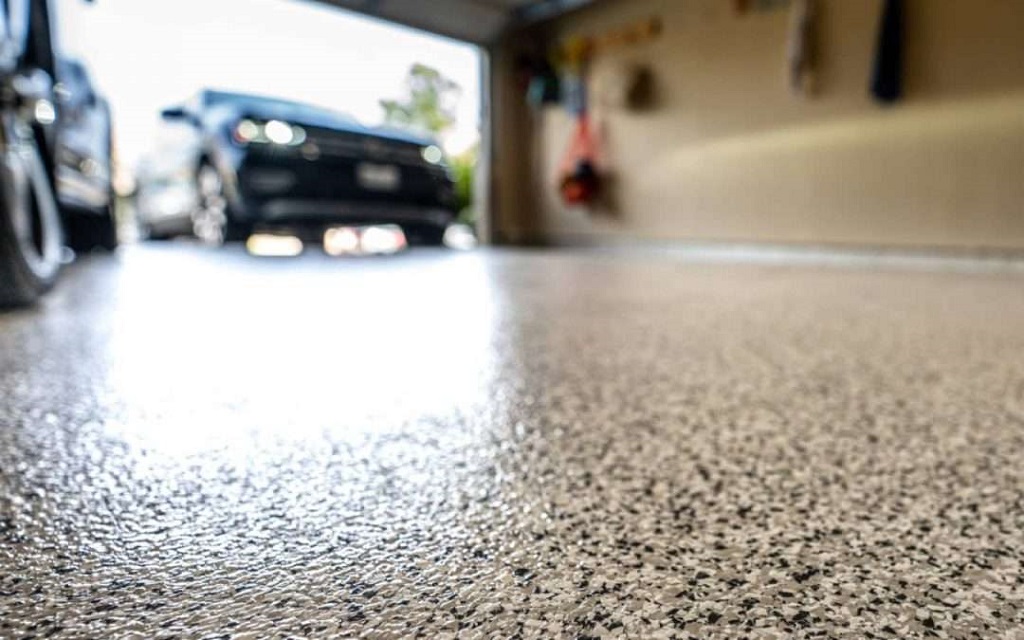Few things are as frustrating as turning the key in your car’s ignition only to hear silence—or worse, a clicking noise—while the dashboard lights up like a Christmas tree. If your car won’t start but all the lights come on, you’re likely dealing with an electrical or mechanical issue that needs immediate attention.
This guide will walk you through the most common causes, troubleshooting steps, and solutions to get you back on the road fast. Whether you’re a DIY enthusiast or just want to understand what’s happening before calling a mechanic, we’ve got you covered.
Why Won’t My Car Start If the Lights Work?
When your car’s interior lights, dashboard, and headlights turn on but the engine refuses to crank, it typically indicates one of the following problems:
- Weak or Dead Battery
- Faulty Starter Motor
- Bad Alternator
- Ignition Switch Failure
- Corroded or Loose Battery Connections
- Blown Fuses or Relays
- Fuel Delivery Issues
Let’s break down each issue in detail.
Weak or Dead Battery (Most Common Cause)
Symptoms:
- Dashboard lights flicker or dim when trying to start.
- A clicking sound when turning the key (indicating insufficient power).
- Electronics work, but the engine doesn’t crank.
How to Test:
- Check Battery Voltage: Use a multimeter—a healthy battery should read 12.6V or higher. If it’s below 12.2V, the battery is weak.
- Jump-Start the Car: If it starts with a jump, your battery is likely the culprit.
- Load Test: Auto parts stores can test your battery for free.
Solution:
- Recharge or replace the battery.
- Clean corroded terminals with baking soda and water.
Faulty Starter Motor
Symptoms:
- A single loud click (not rapid clicking) when turning the key.
- No cranking sound at all.
- Lights stay bright, but the engine doesn’t engage.
How to Test:
- Tap the Starter: Gently tap the starter with a tool (sometimes this temporarily fixes a stuck solenoid).
- Check for Power: Use a multimeter to see if the starter is receiving voltage when the key is turned.
Solution:
- Replace the starter motor if defective.
Bad Alternator (Not Charging the Battery)
Symptoms:
- Battery dies repeatedly, even after a jump.
- Dimming headlights when idling.
- Strange whining or grinding noise from the engine.
How to Test:
- Voltage Test: With the engine running, the alternator should output 13.8V–14.4V. If lower, it’s failing.
- Battery Light: If the battery warning light stays on, the alternator may be faulty.
Solution:
- Replace the alternator or its voltage regulator.
Ignition Switch Failure
Symptoms:
- No response when turning the key (no clicks, no cranking).
- Dashboard lights may flicker or turn off when attempting to start.
How to Test:
- Check if accessories (radio, lights) turn on in the “on” position.
- Wiggle the key while turning—if the car starts intermittently, the switch is failing.
Solution:
- Replace the ignition switch.
Corroded or Loose Battery Connections
Symptoms:
- Intermittent starting issues.
- Visible corrosion (white/green powdery substance) on terminals.
How to Test:
- Inspect terminals for looseness or corrosion.
- Clean with a wire brush and tighten connections.
Solution:
- Clean terminals and ensure a snug fit.
Blown Fuses or Relays
Symptoms:
- Certain electrical components don’t work.
- No power to the starter.
How to Test:
- Check the fuse box (refer to your owner’s manual).
- Swap the starter relay with another identical one (like the horn relay) to test.
Solution:
- Replace blown fuses or faulty relays.
Fuel Delivery Issues
Symptoms:
- Engine cranks but doesn’t start.
- No fuel pump humming sound when turning the key.
How to Test:
- Listen for the fuel pump priming (a faint buzz when turning the key to “on”).
- Check fuel pressure with a gauge (if equipped).
Solution:
- Replace fuel pump, filter, or relay if needed.
Quick Troubleshooting Checklist
| Symptom | Likely Cause | Quick Fix |
| Clicking noise, no crank | Weak battery or bad starter | Jump-start or replace starter |
| No sound at all | Ignition switch or starter | Check power to starter |
| Cranks but won’t start | Fuel or spark issue | Check fuel pump & spark plugs |
| Intermittent starting | Loose battery cables | Clean and tighten terminals |
When to Call a Mechanic
If you’ve tried basic troubleshooting and your car still won’t start, it’s time to seek professional help. A mechanic can diagnose:
- Internal engine problems (timing belt, compression issues).
- Complex electrical faults (wiring, ECU failure).
- Advanced fuel system failures (clogged injectors, bad sensors).
Preventative Maintenance Tips
To avoid future no-start situations:
✔ Test your battery every 2 years (replace every 3–5 years).
✔ Keep terminals clean and tight.
✔ Listen for unusual sounds (grinding, whining).
✔ Check alternator output periodically.
Final Thoughts
A car that won’t start but has power is usually due to a battery, starter, or alternator issue. By following this guide, you can diagnose the problem and decide whether to fix it yourself or call a professional.
Related Topics:
Musty or Moldy: Unveiling the Mystery Behind Your Car’s Funky Air Conditioner Smell
The Gearhead Garage: Pop the Hood on Car Care Questions and Rev Your Knowledge Into High Gear





